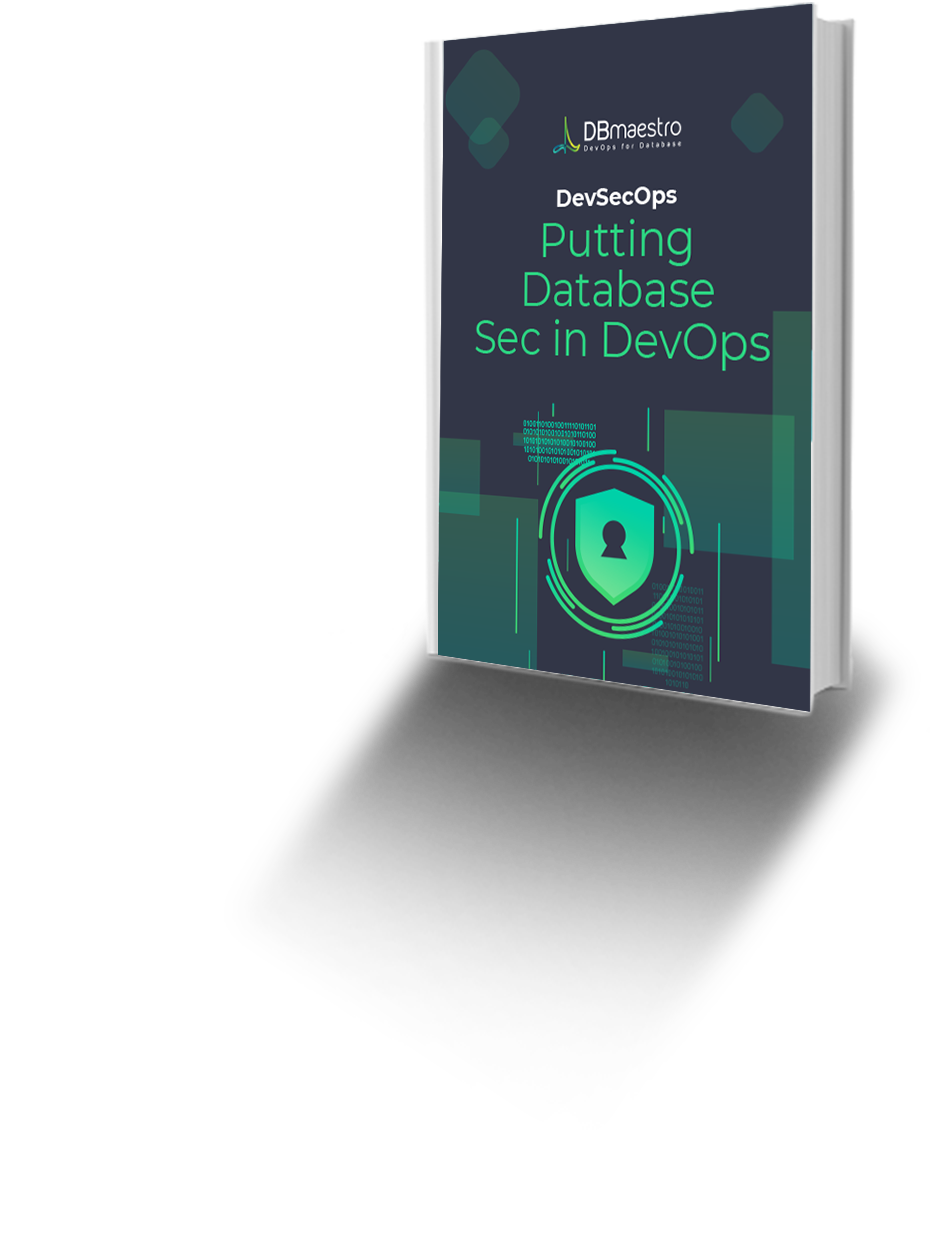There are a plethora of negative consequences for IT departments when a database is out of sync with the applications it serves.
The fact is the database is a crucially important asset and its neglect will only hamstring IT’s other endeavors. Here are some tips on how to prevent database vulnerability.
Make the Database a Priority
The only way to prevent database vulnerability is to make the database priority. According to a report from Osterman Research and DB Networks entitled Identifying Critical Gaps in Database Security, a whopping 47% of the organizations represented did not have someone overseeing database security. In addition, 39% of the companies did not even have an option to monitor their database in real time.
DBAs need to be involved in all stages of application development, and have continuous communication with both the development and operation teams.
The disconnect between the DBA and the rest of the DevOps team makes for a vulnerable database, which contributes to the release of applications that do not performing up to standard.
Maintain a Strong Framework for Version Control Management
Proper database version control and consistent versioning prevent unwanted, undocumented, and error prone changes from being made. Even if the change is well intentioned, not enforcing version control increases database vulnerability.
This version control is done by using a check-in/out system. This keeps all revisions sequential and prevents employees from drifting from the revision process.
This singularly authoritative change repository ensures that the deployment scripts handle coding conflicts efficiently by merging them and generating a deployment script only for relevant and error free changes.
With database version control, the deployment script ensures the safety of the database code, as it is aware of the environment status when the script is executed.
Never Stop Auditing
Keeping a database audit trail is the best way to make sure that the database will be protected from security violations, performance issues, and application flaws.
A database audit trail allows for accountability, intrusion detection, problem analysis, and event reconstruction – all ways that can save your organization from a major headache, and even worse, a major meltdown.
CIOs already know the importance of monitoring and tracking changes throughout all the stages of development. It is time for upper management to realize that the database needs to be audited as well.
Define And Enforce Roles And Responsibilities
To prevent unauthorized or undocumented changes in the database it’s essential to define, assign, and enforce distinct roles for all employees. Take advantage of permissions and don’t allow users to access anything that is not relevant to their position.
Defined roles and responsibilities are also crucial to ensure that IT departments prevent database vulnerability. Policies that are well-defined and strictly-enforced will allow companies to follow and monitor all database modifications, and prevent changes by unauthorized users and/or misuse of credentials.
Stay Up-To-Date With Database Regulatory Compliance
Database compliance and security play a crucial role in a company’s corporate health, especially since its reputation is compromised after a breach or failed application release. This creates a challenging situation for sales and business development, as the company now must deal with negative publicity and fines for non-compliance.
For the CIO, the message of compliance relayed to IT managers – which include the database administrator – is clear: keep data protected and controlled.
In order to prevent database vulnerability, the DBA streamlines development processes, which have built-in compliance tools and comprehensive audit trail records that provide answers to virtually any question the auditor may ask.
Systemize and Automate
The best way to handle repeating tasks is to simply automate them. Manual processing takes time and is more prone to error.
Manual review of code, rewriting of entire code segments, and being called upon to resolve problems by fixing unfamiliar code all take time that could be used for more constructive projects.
There’s no reason that with today’s technology and market pressures, database administration should include anything other than integration and deployments. Reducing the risk of human error through automation will lead to greater efficiency, prevent workarounds and redos due to overrides, and track down harmful updates before they’re executed.
Prevent Database Vulnerability… Once And For All
The software development chain is meticulously crafted with strict procedures and practices. The development process is monitored with stringent controls that result in frequent, predictable and reliable application deployment.
Along the way, however, there is sometimes one vulnerable element that gets ignored: the database. However, with the right mindset and a willingness to enlist tools and technology to help with the process, your organization will be a step ahead of the game, and able to protect the database.
Do you know what are the best database auditing tools? You might enjoy our next article.






